Overmolding Design Considerations
Obtaining rubber like performance with the processing ease of injection molding is the primary benefit of TPEs. Improved cycle times and reduced scrap rates result and allow for improved part economics.
Typically, TPEs can be molded using standard processing equipment. General purpose screws are acceptable and press tonnage should ideally be 2.0 to 3.0 tons of clamp force per square in. projected over the total surface area.
TPEs are shear responsive and exhibit low viscosity when processed at high shear rates. This is an especially important factor when filling thinner walls, longer flow lengths, and overmolding situations. The one exception to this rule is with urethane-based TPEs.
Successful Elastomer Molding
- Material Flow Behavior
General Concepts to Part Design
- Successful Overmolding
- Overmolding Considerations
Hot Runner Systems
- Hot Sprue Usage For Thermoplastic Elastomer Materials
- Benefits/Disadvantages
Shut-Offs
- Approach for Good Functionality
- Shut-Off Recommendations
- Shut-Offs to Avoid
- Fundamental “Lock” of TPE to Substrate: Three Basic Methods
- Mechanical Interlocks Offer Major User Benefits
Sprues and Gate Considerations
- Gating Recommendations
- Gating to Avoid
- Vents
TPE Ejection and Surface Textures
- Surface Texture
- The Benefits of Using Custom TPE Surface Textures
Molding Equipment
- Machine Type
- Shot Size and Machine Capacity
- Screw Type
- General Part Design Concepts
- Flow Length and Wall Thickness
- Ejector Mechanisms
- Sprue and Sprue Puller Design
- Non-Return Check Valves
- Nozzle Types and Tips
- Mold Venting
- Conventional Runner Configuration and Design




